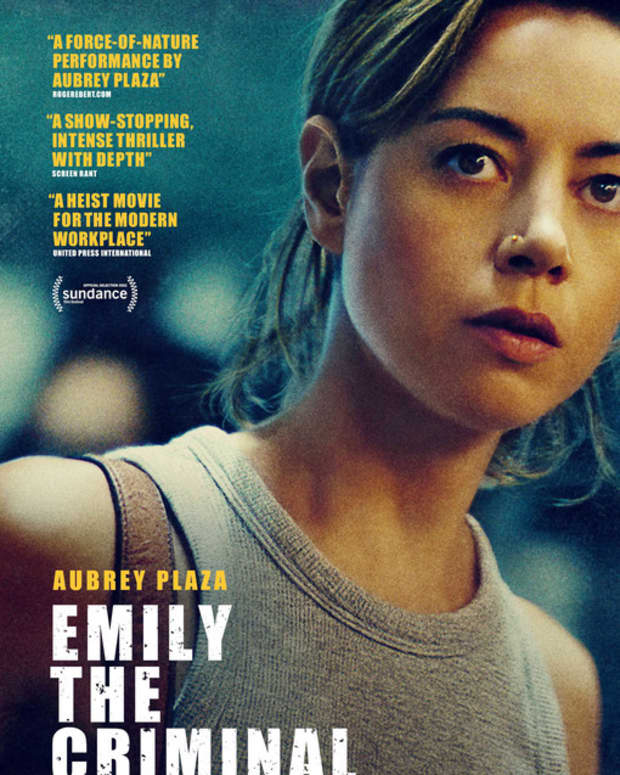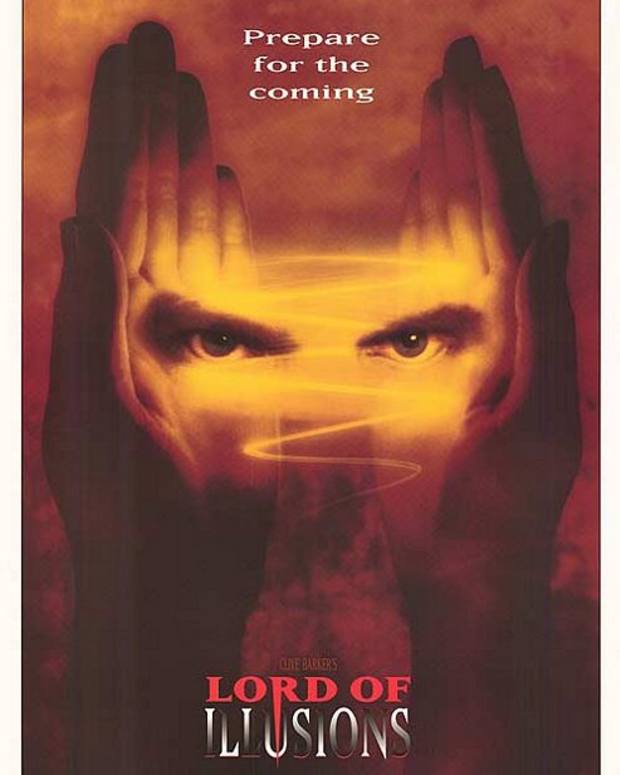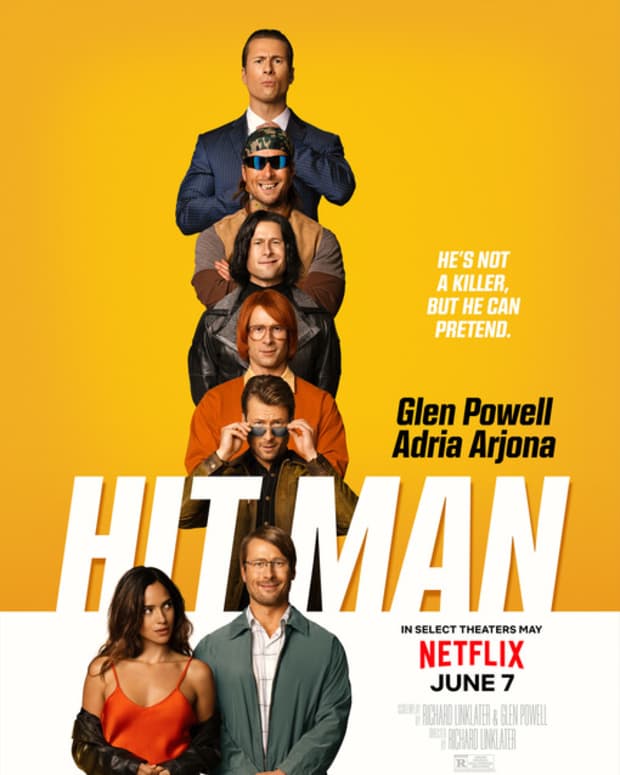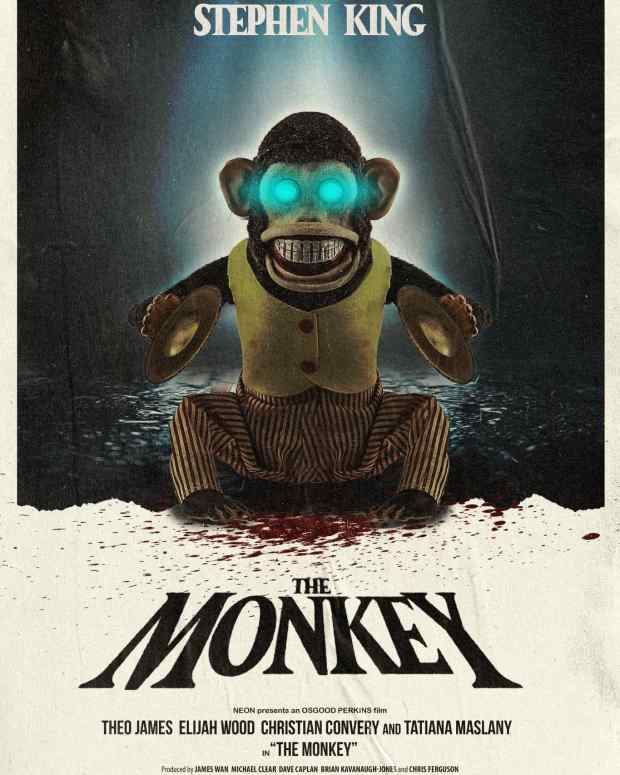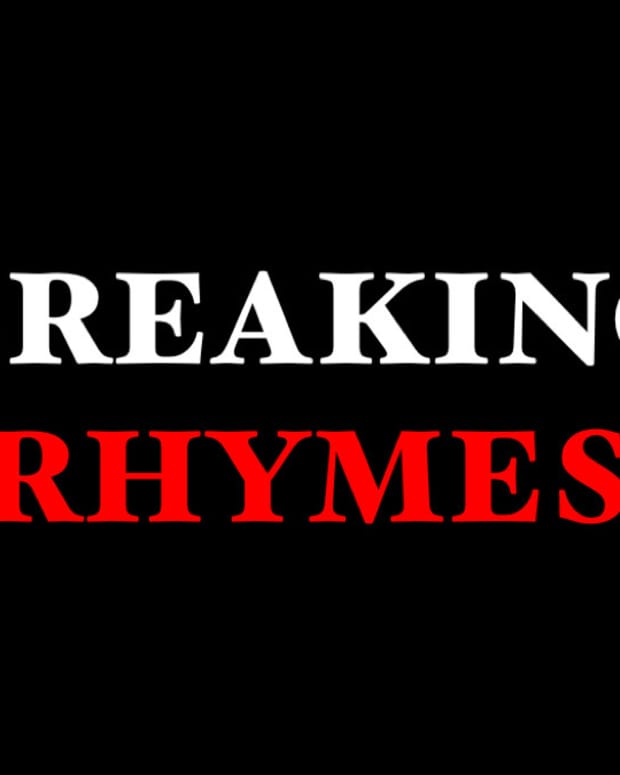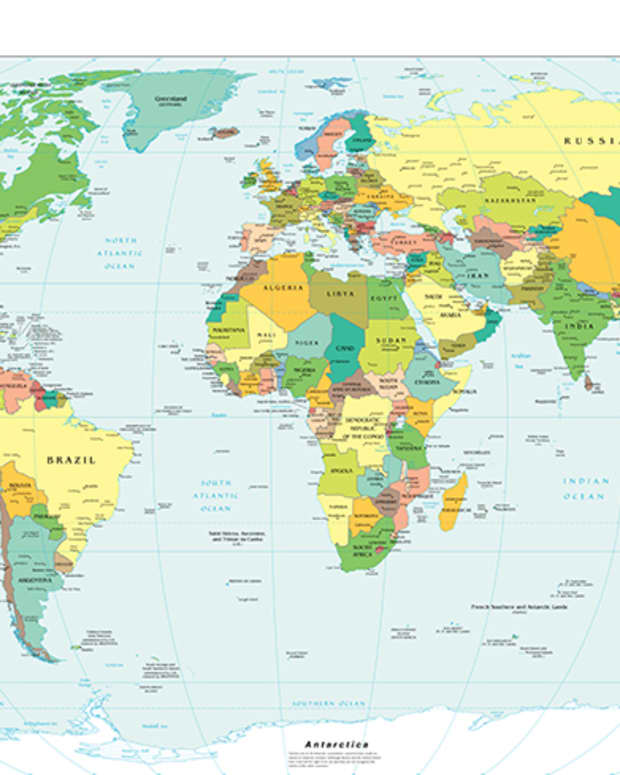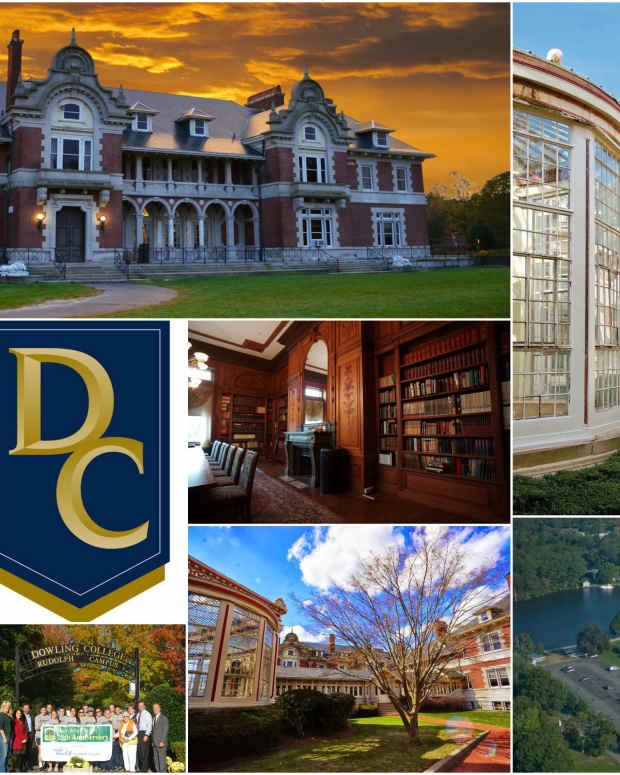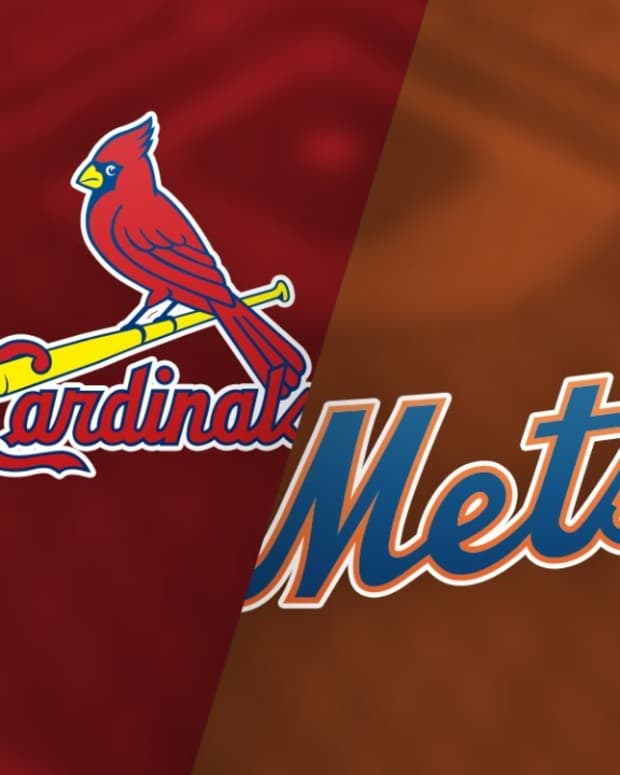An Upgraded Blade Runner Has Arrived - 'Blade Runner 2049' Review
The concern was real. To say that Blade Runner has inspired thousands of debates and cultural products is an understatement. And in this era where unnecessary sequels and remakes seem to obscure originality more and more, the announcement of a continuation of Ridley Scott’s masterpiece ignited the alarms.
The concern, mainly, was the legacy of Blade Runner. But also because of the real possibility that director Denis Villeneuve would taint his impeccable filmography with what could end up being perceived as a wrong, dollar-grabbing move.
However, the presence of Villeneuve was also what generated some hope. His filmography is full of complicated challenges overcome with genius creativity. There is no “safe” movie on the Canadian curriculum. He attacked misogyny and mass shootings in Polytechnique.
He narrated the horrors of civil war and incest in Incendies. He made an effective jump to Hollywood with a dark story about torture and kidnapping in Prisoners. Then he took everyone by surprise by adapting Jose Saramago’s “The Double” with the psychological doppelgänger thriller Enemy.
From there, he decided to describe the horrors of the drug war in Mexico with Sicario. And like there was any doubt about his creative ambition, he followed that with a beautiful sci-fi on the importance of communication with Arrival.
If there was a director of the “new wave” able to live up to the challenge, that was Villeneuve. The same fact that he is still being considered “young and new” while being 50 years old and having nine films under his belt speaks volume about his spirit and dedication. Since 2009, Villeneuve has released a film practically every year.
At the risk of sounding controversial, the absence of Ridley Scott was also necessary to maintain the legacy. The legendary British director is perhaps the main reason why Blade Runner worked, but the beautiful ambiguity and mystery of that piece is an absolute rarity in his filmography, whose spirit has always been to answer all questions and take control of all the narrative aspects. That’s the reason why Prometheus, for example, ended up disappointing. Scott himself, unlike the vast majority of Blade Runner enthusiasts, doesn’t understand the need to ask eternally the question about whether Deckard is a replicant or a human.
On the contrary, he has obsessively made his point about his clear answer, missing the whole point in the process. His absence, of course, wasn’t absolute: Scott served as an executive producer.
The one that had to return was Hampton Fancher. His script with David Peoples was instrumental in establishing Blade Runner as an absolute classic. And after 35 years, maintaining the identity and the feeling of that universe was fundamental.
Fancher is coupled here with Michael Green (Logan, American Gods) and their ambition to not “play safe” but really respond to the pulsations of the characters is largely the reason why Blade Runner 2049 is a great movie.
Because, that’s right, Blade Runner 2049 is exactly that. A great movie in itself, one of the best sequels ever made and a fundamental piece in this universe full of replicants, origami, and tears in the rain.
Since its first minutes, Blade Runner 2049 exudes confidence. That nervous, distracting self-aware that many sequels, remakes, and reboots have abundantly is nowhere to be found here.
The merit is enormous, because Blade Runner 2049 accomplishes that, without neglecting to reference Blade Runner at all times. To achieve that, the script makes it clear: each cameo, reference, characters, facts or actions of the original film should not be gratuitous, but should contribute to the development of this new story. And that’s precisely what happens. For example, even Gaff’s (Edward James Olmos) wonderful cameo may seem trivial at first, but not only works to provide clues to the protagonist’s investigation, taking the plot forward in the process, but also enlarges the mythos of the saga, with that new origami that seems to appeal to a meta-awakening where Gaff is like the omnipresent Tom Bombadil of this universe.
The same happens with Deckard, which one would think would make a kind of “buddy cop” dynamic with new protagonist K (Ryan Gosling), but is not that way at all. Deckard appears widely only in the last act, to fulfill a fundamental role in the history and the mythos.
Blade Runner 2049 uses decidedly far fewer religious allegories than its predecessor but is not by any means a less complex film with less detail for that. Focused more on the hardcore sci-fi element, Blade Runner 2049 continues to have an obsession with historical identity and understanding what makes us human as the central theme.
Blade Runner 2049 occurs 30 years after the conclusion of the first film. After several incidents, humanitarian crises and different laws and regimes, the new Nexus-9 replicants, much more advanced, form an everyday part of society with inferior roles such as servants or slaves.
K is one of the few Nexus-9 replicants that, while still suffering the contempt of human beings, has a much more dignified life working in the LAPD as a Blade Runner, hunting and “retiring” (eliminating) replicants that have broken the law in some way. The upgrade of the new replicants has forced to “fight fire with fire”, with Blade Runners also being Nexus-9 replicants to ensure that the law is executed.
K has a sentimental relationship with a hologram/artificial intelligence called Joi (Ana de Armas) which judging from the huge billboards that don’t stop promoting it through the city, is a popular product in this universe where apparently human beings and replicants have many more problems socializing among them.
During one of his “jobs”, K runs into evidence that makes it clear that a Nexus-7 replicant died during an emergency cesarean section, which debunks the theory that replicants are infertile, a fact that would completely change the social paradigm. Lt. Joshi (Robin Wright), K’s boss, fearing a violent escalation between replicants and humans, orders him to destroy the evidence and to track and “retire” the replicant child.
K makes a visit to Wallace Corporation to access DNA archives. There, he discovers that the identity of the deceased pregnant replicant is Blade Runner’s own Rachael (Sean Young), a fact that directly involves Deckard in his investigation.
The mysterious CEO of Wallace Corporation, Niander Wallace (Jared Leto), eager to discover the secret of reproduction in replicants to make an exponential leap in his plans for interstellar colonization, sends his calculator and violent replicant enforcer Luv (Sylvia Hoeks) to steal the evidence and to track K in order to obtain the replicant child.
The plot thickens even more gloriously when K begins to obtain evidence that detonates memories that ends up convincing him that he could be Rachael’s son. His journey dealing with this information is a wonder to witness. Do memories make us human? If I have feelings, Am I human? If my feelings are programmed, don’t they count as proof of my humanity? K’s investigation happens in two very different layers.
Blade Runner 2049 exploits its Neo-Noir component much further. The whole plot is the ongoing investigation of K, who, it must be said, is an incredibly competent and much brighter detective than Deckard.
Blade Runner 2049 is much blunter in the treatment of its themes. It feeds on the original, but takes their ideas, makes them their own and sometimes even twist them to achieve the desired effect. Here, the fact of having a replicant protagonist questioning his nature is a necessary and wonderful flip. The eternal debate about what makes an organism human, has a much more pragmatic and concrete focus, with that revelation that replicants can reproduce.
Of course, much of the success of this sequel lies in its production design. And its starting point is precisely that alienation in which all citizens seem to live in. It’s striking that in a film about human emotions, practically all the characters are solitary beings. K openly prefers a virtual relationship rather than interacting with other replicants. Wallace is kind of a monk. Deckard has been living as a hermit for years. And in a universe where there are many space colonies, the neo-noir of 2049 understands the need to limit its characters to the neon, the rain and the aggressive concrete of the collapsed megacity. This Los Angeles (and Las Vegas) is a logical evolution of what we already knew, full of buildings and giant billboards that crush and reduce its inhabitants to mere footnotes.
All this makes way to one of the best and most original love scenes ever filmed. K and Joi have an intense romantic bond, to the point that Joi, in need of physical contact, hires a replicant prostitute (played by the great Mackenzie Davis) with whom she, being a hologram, manages to “overlap” with on her body and face. Visually, it’s a diffuse and exciting wonder. At a narrative level, it’s a perfect way to show the cold, clinical and calculated aspect of two entities that technically aren’t real, but whose emotional connection ends up humanizing them at incredibly empathetic levels.
The casting is a triumph. Ryan Gosling, with his calm persona, is perfect for the replicant stoicism that slowly and progressively (while believing it) is acquiring humanity. De Armas, as the unreal wife trophy, is also great. Harrison Ford doesn’t come only to play a nostalgic role but to show with his emotion, the futility of the human-replicant separation. The enigmatic Jared Leto’s Wallace makes us want to know more about his background, but it’s Sylvia Hoeks who with her more concrete (and superficial if you will) villainy, steals the antagonist’s’ thunder.
But Blade Runner 2049 works fundamentally because, in this era, there are few cinematic pairings as perfect as Villeneuve and cinematographer Roger Deakins. This color odyssey of the neon purple, the yellow light and then red, dusty desert was an idea conceived by Villeneuve and enhanced by Deakins. The naturalism of Deakins and his obsession with light to be grounded in reality is what makes this film visually explode and transmit its atmosphere better. If there is some justice in the award system that validates and reaffirm careers, Deakins should win his first Oscar at the next Academy Awards.
It’s easy to say that a slightly faster pace would have benefited the story, but we’ll probably wrong. That solemnity and dedication to each shot is precisely part of the reason for its success. A more frantic pace would have pushed the plot to the action and blockbuster genre and probably in that territory, there would have been a greater disconnection with the viewer.
Movie Details
Title: Blade Runner 2049
Release Year: 2017
Director(s): Denis Villeneuve
Actors: Ryan Gosling, Ana de Armas, Harrison Ford, Sylvia Hoeks a.o.
Villeneuve never allowed his comfort zone to threaten the integrity of the project. That’s why, concerning the musical score, the experimental effort of Jóhann Jóhannsson (one of his frequent collaborators, creator of the scores of Arrival, Prisoners, and Sicario) didn’t align with Villeneuve’s vision. Hans Zimmer and Benjamin Wallfisch replaced Johannsson in order to emulate Vangelis with dignity. And it was the right call to do. Using a historic soundtrack with such an awesome personality as a blueprint was simply inevitable in order to establish the atmosphere better.
Something fundamental in the success of this sequel was the masterful way in which the story deals with the character of Deckard. Without taking the safe path at any time (we are talking about a story in which Deckard and Rachael manage to reproduce, for God’s sake!), the plot manages to keep the eternal question alive: Is Deckard a Replicant? leaving giant arguments for each possible answer.
And then there is Blade Runner 2049’s ending. This movie manages to avoid the pedantic but almost inevitable comparisons with the legendary “tears in rain” ending of the original movie, by simply assuming its own path.
That final K’s decision condenses the main mythos of the saga, where the freedom to choose using an empathetic compass, is what really seemed to define the humanity of an organism.
© 2019 Sam Shepards










